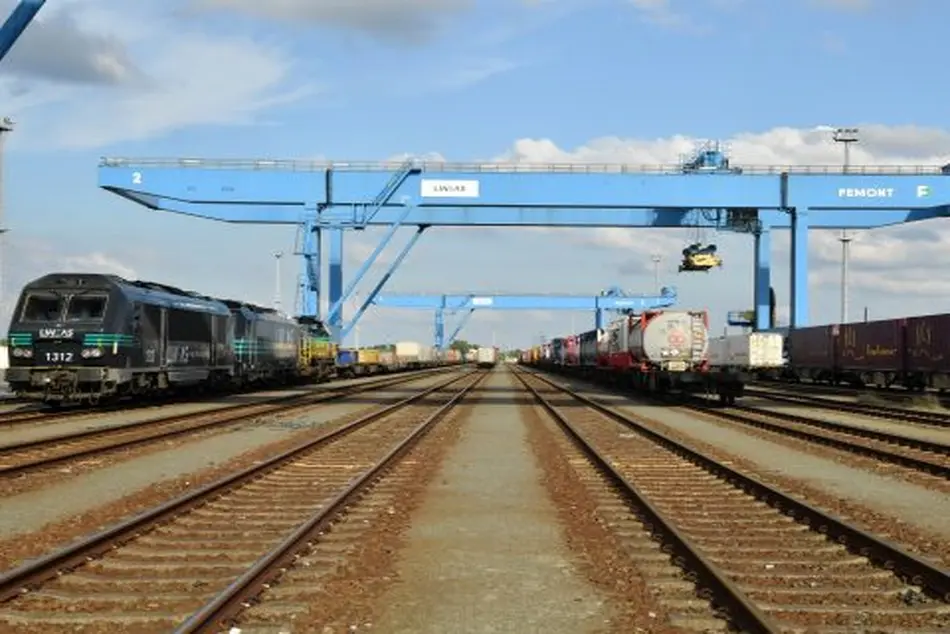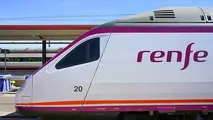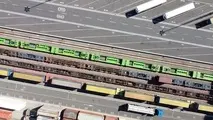European Commission supports Rail Facilities Portal
The Rail Facilities Portal is now officially backed by the European Commission (DG MOVE) and many major organisations in the railway sector. The European web portal offers information on all kinds of rail service facilities such as freight terminals, marshalling yards, maintenance facilities and fuelling stations for the planning of rail services.

The Rail Facilities Portal is now officially backed by the European Commission (DG MOVE) and many major organisations in the railway sector. The European web portal offers information on all kinds of rail service facilities such as freight terminals, marshalling yards, maintenance facilities and fuelling stations for the planning of rail services.
The Rail Facilities Portal provides quick access to information on all kinds of rail facilities, in particular for rail freight. It is the successor of the ‘Rail freight locations’ portal, initiated and authorised by the European Commission. Since June this year, the RFP is run by Rail Net Europe (RNE) and jointly operated with UIRR, the industry association for the combined rail-road transport sector in Europe. In October 2019, there were 5176 service facilities participating in the Portal. This number has grown to 8406 as of October this year.
The platform is supported by IRG-Rail, CEFIC, CER, ERFA, ESPO, Terminali Italia SRL, UIC, and UIP RAIL. In a supporting letter by the head of DG-MOVE, Director-General Henrik Hololei says: “The project is an example of the ever-growing cooperation between rail stakeholders and of the digitalisation of the sector. The Portal is a digital tool that supports the efforts of the Commission to promote competition in the transport sector by ensuring access to information on rail facilities.”
Single source of information
The goal of the Portal is to offer rail service facility operators an opportunity to publish information about and promote their facilities. At the same time, shippers, rail operators and other rail logistics companies have a single source of information that allows them to identify relevant facilities for the planning and optimisation of their transport chains. Moreover, the Rail Facilities Portal helps service facilities operators to comply with their obligations resulting from several EU Directives.

Planned developments
To improve the platform and make it more useful and up-to-date, several developments are planned. One of them is for automatic data exchange with for example data from railway operators. There also exist other information platforms which the RFP aims to connect with, such as the Register of Infrastructure (RINF), the tool for describing the static rail network characteristics and capabilities.
The goal is also to have a translation available of all texts of the platform of all official languages of the European Union. The introduction of a rating mechanism should give information “at a glance” about the quality of the provided data.



